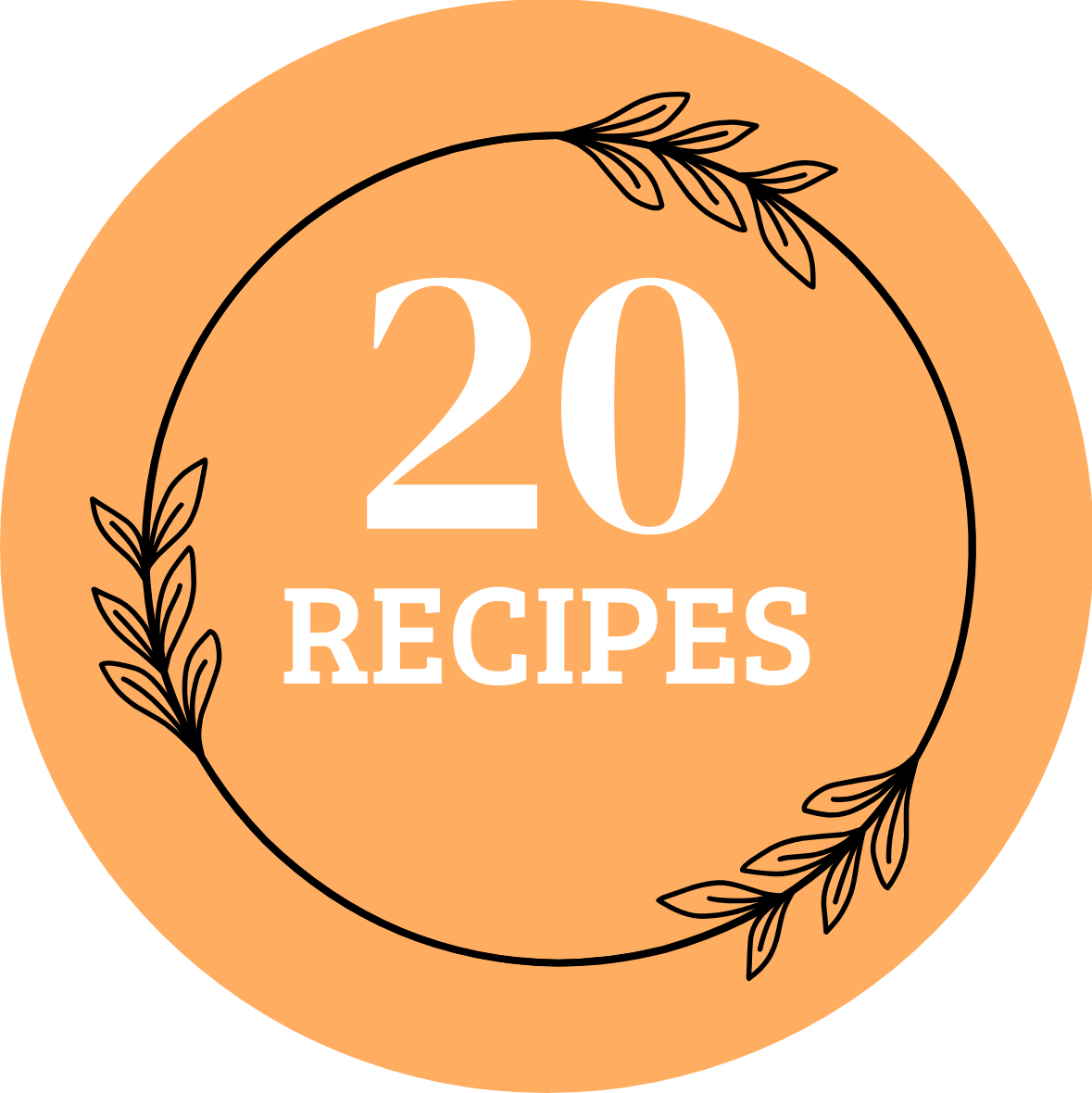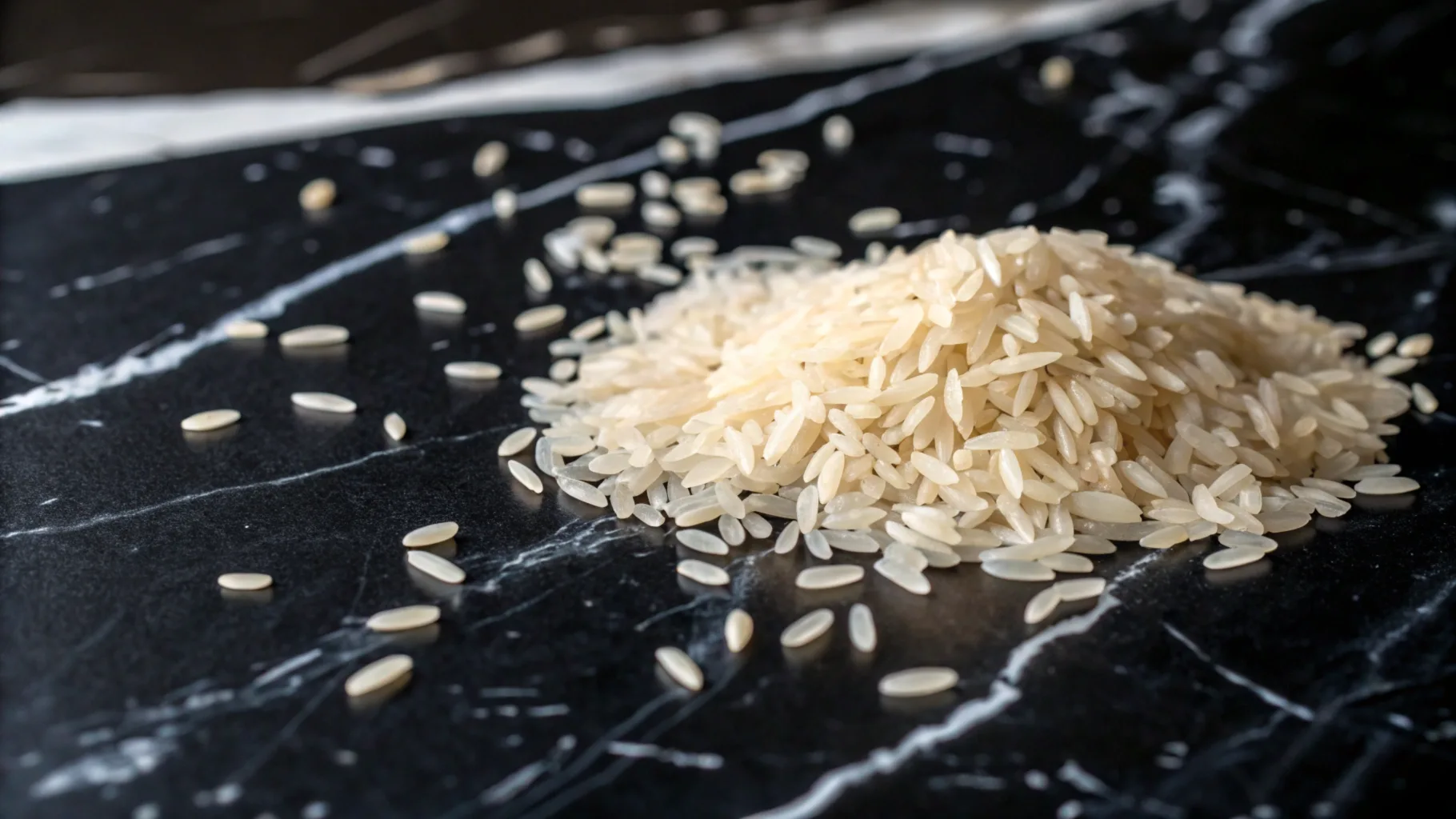For anyone exploring a gluten-free diet, the question often arises—does rice contain gluten? The short answer is no, rice is naturally gluten-free. However, cross-contamination and added ingredients can make it risky for people with celiac disease or gluten sensitivity.
To learn more about creating gluten-free dishes, check out How to Make the Perfect Gluten-Free Lasagna for inspiration. In this article, we’ll discuss rice varieties, contamination risks, and tips for maintaining a gluten-free lifestyle.
For meal-planning ideas, including rice-based recipes, you might also enjoy Healthy and Easy Ground Turkey and Rice Recipes.
What Is Gluten?
Gluten is a structural protein naturally found in grains such as:
- Wheat (including varieties like durum, spelt, and farro)
- Barley (commonly used in malt and beer)
- Rye (found in rye bread and pumpernickel)
It is composed of two main proteins:
- Glutenin – Provides elasticity and strength.
- Gliadin – Allows dough to rise by trapping air.
Together, these proteins give dough its elasticity, helping it maintain its structure during baking. This is why gluten is an essential ingredient in bread, pasta, and baked goods, creating the soft, chewy texture that many people enjoy.
Why Is Gluten a Concern for Some People?
While gluten is safe for most people, it can cause serious health issues for individuals with:
- Celiac Disease
- An autoimmune disorder where gluten consumption triggers an immune response that damages the small intestine.
- Symptoms include:
- Diarrhea, bloating, and abdominal pain.
- Fatigue and weight loss.
- Skin rashes and nutritional deficiencies.
- Over time, untreated celiac disease can lead to complications like osteoporosis, infertility, and neurological disorders.
- Non-Celiac Gluten Sensitivity (NCGS)
- Individuals experience gluten-related symptoms without having celiac disease.
- Symptoms include:
- Bloating, cramps, and brain fog.
- Fatigue and joint pain.
- Unlike celiac disease, NCGS does not cause intestinal damage.
- Wheat Allergy
- An allergic reaction to proteins in wheat, including gluten.
- Symptoms can range from hives to anaphylaxis.
Hidden Sources of Gluten
Even foods that seem gluten-free may contain hidden gluten. Common culprits include:
- Sauces and Gravies – Often thickened with wheat flour.
- Processed Meats – May contain gluten fillers.
- Soy Sauce – Traditionally brewed with wheat.
- Snacks and Candies – Could have gluten additives.
For a complete list of foods to avoid, consult resources like the Celiac Disease Foundation for dietary guidance and safe food alternatives.
Why Gluten-Free Diets Are Popular
Many people are adopting gluten-free diets even without a diagnosed condition. While this trend is often associated with weight loss or improved digestion, experts emphasize that only those with gluten-related disorders need to strictly avoid gluten.
Key Takeaway
Gluten plays a vital role in food preparation, but it can cause serious health problems for individuals with celiac disease, gluten sensitivity, or wheat allergies. Learning to identify and manage gluten exposure is essential for maintaining health and well-being.
Is Rice Gluten-Free?
Yes, rice is naturally gluten-free in its pure, unprocessed form, making it a safe and versatile grain for people with celiac disease or gluten sensitivity.
Types of Gluten-Free Rice
- White Rice – Polished and processed for a smooth texture and mild flavor. It cooks quickly, making it ideal for a wide variety of dishes.
- Brown Rice – A whole grain rich in fiber, vitamins, and minerals. It retains its bran layer, offering more nutrients than white rice.
- Wild Rice – Though technically a grass, it is often grouped with rice. It’s high in protein, antioxidants, and fiber, providing a nutrient-dense option.
Is Glutinous Rice Gluten-Free?
Despite its name, glutinous rice—also called sticky rice—is completely gluten-free. The term “glutinous” describes its sticky, glue-like texture rather than any gluten content. It’s commonly used in Asian dishes, including sushi, rice dumplings, and desserts like mochi.
Nutritional Benefits of Rice
Rice is naturally:
- Low in fat
- Cholesterol-free
- A good source of carbohydrates for energy
Certain varieties, such as brown rice and wild rice, also provide fiber, B vitamins, magnesium, and antioxidants.
Important Note on Cross-Contamination
While rice itself is gluten-free, it can become contaminated with gluten during processing, packaging, or cooking. Always check for certified gluten-free labels and avoid rice sold in bulk bins to reduce the risk of cross-contact.
How Cross-Contamination Introduces Gluten
Rice Dishes That May Contain Gluten

While plain rice is naturally gluten-free, certain prepared rice dishes may contain hidden gluten due to added ingredients, seasonings, or sauces. Understanding these risks is crucial for anyone following a gluten-free diet.
Risky Rice Dishes
- Rice Pilaf
- Often includes orzo, a wheat-based pasta, or may be cooked with broths that contain gluten.
- Some recipes also use pre-seasoned spice mixes that may contain gluten-based thickeners.
- Be cautious when ordering pilaf at restaurants, as it may not be prepared with gluten-free ingredients.
- Fried Rice
- Frequently made with soy sauce, which typically contains wheat.
- Other ingredients like marinated meats, pre-seasoned vegetables, and gravies may also contain gluten.
- Cross-contact is another concern, as fried rice is often prepared in shared woks or grills.
- Pre-Flavored Rice Mixes
- Many store-bought seasoned rice mixes use:
- Hydrolyzed wheat protein as a flavor enhancer.
- Malt extracts or modified food starch derived from gluten-containing grains.
- These products may not always list gluten explicitly, making it essential to read labels carefully.
- Many store-bought seasoned rice mixes use:
- Sushi Rice
- Though sushi rice itself is typically gluten-free, added ingredients like imitation crab, tempura flakes, or soy sauce-based marinades can introduce gluten.
- Always verify with the restaurant or sushi chef about the ingredients used.
Safe Gluten-Free Alternatives
- Homemade Rice Pilaf
- Use gluten-free broths and replace orzo with quinoa or wild rice.
- Add fresh herbs and spices to enhance flavor without risking gluten exposure.
- Gluten-Free Fried Rice
- Replace soy sauce with tamari or coconut aminos.
- Ensure all other ingredients, like meats and vegetables, are gluten-free.
- Cook in dedicated pans to prevent cross-contact.
- Certified Gluten-Free Mixes
- Look for pre-packaged rice blends labeled as gluten-free.
- Popular brands often highlight their certifications, reducing risks for people with celiac disease.
- Sushi with Gluten-Free Options
- Request sushi with plain rice and fillings without marinades or tempura flakes.
- Bring your own gluten-free soy sauce if dining out.
Health Concerns: Arsenic in Rice
While rice is gluten-free, it may contain arsenic, which can pose health risks.
Who Is at Risk?
- Celiac patients consuming high quantities of rice-based products.
- Asian communities where rice is a staple food.
How to Lower Arsenic Levels
- Rinse Rice Thoroughly – Wash away arsenic residues.
- Boil in Excess Water – Drain water after cooking.
- Opt for Low-Arsenic Varieties – Such as Basmati or Jasmine.
For more information, visit the FDA’s Research on Arsenic in Rice.
Symptoms After Eating Rice
If you experience digestive issues after eating rice, it could indicate cross-contamination.
Symptoms to Watch For:
- Bloating
- Diarrhea
- Fatigue
Next Steps:
- Check ingredient lists for gluten.
- Ask restaurants about cooking methods.
- Consult a doctor for antibody tests.
FAQs
1. Is White Rice Gluten-Free?
Yes, white rice is naturally gluten-free.
2. Can Rice Noodles Contain Gluten?
Most rice noodles are gluten-free, but double-check labels.
3. Are Rice Cakes Gluten-Free?
Plain rice cakes are gluten-free, but flavored versions may include gluten additives.
4. Does Fried Rice Contain Gluten?
Yes, unless made with gluten-free soy sauce.
Conclusion
So, does rice contain gluten? The answer is no, rice is naturally gluten-free. However, cross-contamination and added ingredients in prepared dishes can introduce gluten, so vigilance is key.



